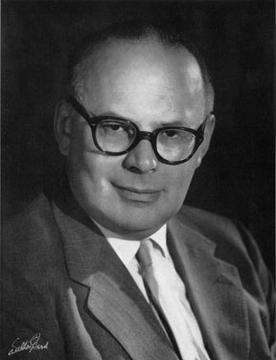Rudolf Wittkower facts for kids
Quick facts for kids
Rudolf Wittkower
|
|
|---|---|

Rudolf Wittkower, 1967
|
|
| Born | 22 June 1901 Berlin, Germany
|
| Died | 11 October 1971 (aged 70) New York City, NY, U.S.
|
| Occupation | Art historian |
Rudolf Wittkower (born June 22, 1901 – died October 11, 1971) was a famous art historian. He was born in Germany but had a British father. He became well-known for studying Italian art and buildings from the Renaissance and Baroque periods. These were important times in art history. He spent a lot of his career in London, England, and later moved to the United States.
Contents
Early Life and Moving to London
Rudolf Wittkower was born in Berlin, Germany. In 1933, he and his wife, Margot Holzmann, moved to London. They were Jewish and needed to leave Germany because of the Nazis.
Wittkower's Career and Teachings
In London, Rudolf Wittkower taught at the Warburg Institute, which is part of the University of London. He worked there from 1934 to 1956. Later, in 1949, he became a professor at the Slade School of Fine Art at University College London.
In 1956, he moved to the United States. He joined Columbia University in New York City and taught there until 1969. He even became the head of the Art History and Archaeology Department.
Important Books and Ideas
Wittkower wrote many important books about art. Some of his books focused on famous artists like Bernini and Michelangelo.
One of his most famous books was Architectural Principles in the Age of Humanism. In this book, he looked closely at the work of Andrea Palladio, an architect from the Renaissance period in Venice, Italy. Wittkower suggested that Palladio used ideas from music, like harmonic musical ratios, in the way he designed his buildings. This meant that the sizes and shapes of the rooms and parts of the buildings might have been based on musical notes and harmonies.
This idea was very popular for a long time. However, some newer art historians have started to discuss and debate this theory. Wittkower got this idea from ancient thinkers like Pythagoras and Alberti, who also believed that music and visual art could be connected.
Awards and Recognition
Rudolf Wittkower was recognized for his important work. He was chosen to be a member of the American Academy of Arts and Sciences in 1959. In 1971, he also became a member of the American Philosophical Society.
After he passed away, he received the Alice Davis Hitchcock Award in 1975. This award was for his book Gothic vs. Classic, Architectural Projects in Seventeenth-Century Italy.
Selected Publications
Here are some of the books Rudolf Wittkower wrote:
- Architectural Principles in the Age of Humanism (1949)
- Bernini: The Sculptor of the Roman Baroque (1955)
- Art and Architecture in Italy, 1600–1750 (1958)
- Born Under Saturn: The Character and Conduct of Artists (1963, with Margot Wittkower)
- The Divine Michelangelo (1964, with Margot Wittkower)
- Gothic vs. Classic, Architectural Projects in Seventeenth-Century Italy (1974)
- Sculpture: Processes and Principles (1977, with Margot Wittkower)
See also
 In Spanish: Rudolf Wittkower para niños
In Spanish: Rudolf Wittkower para niños

